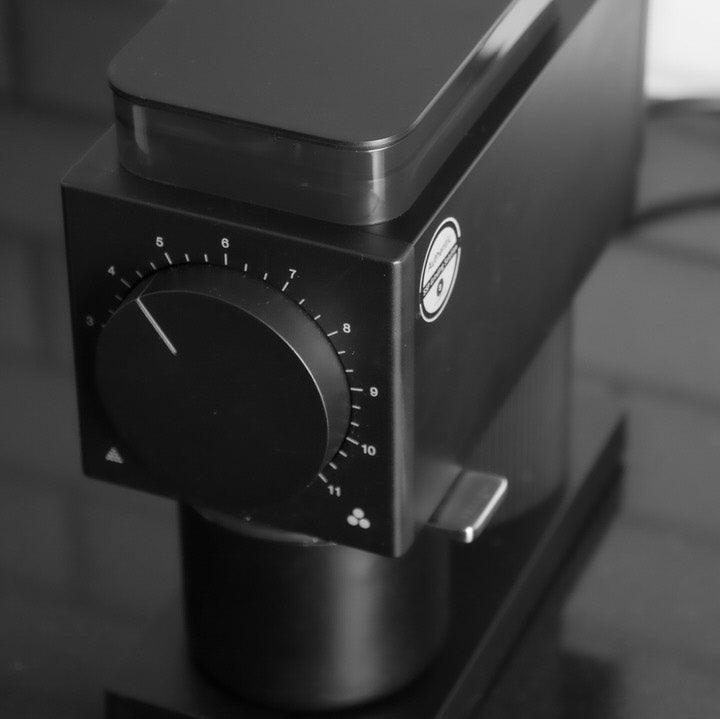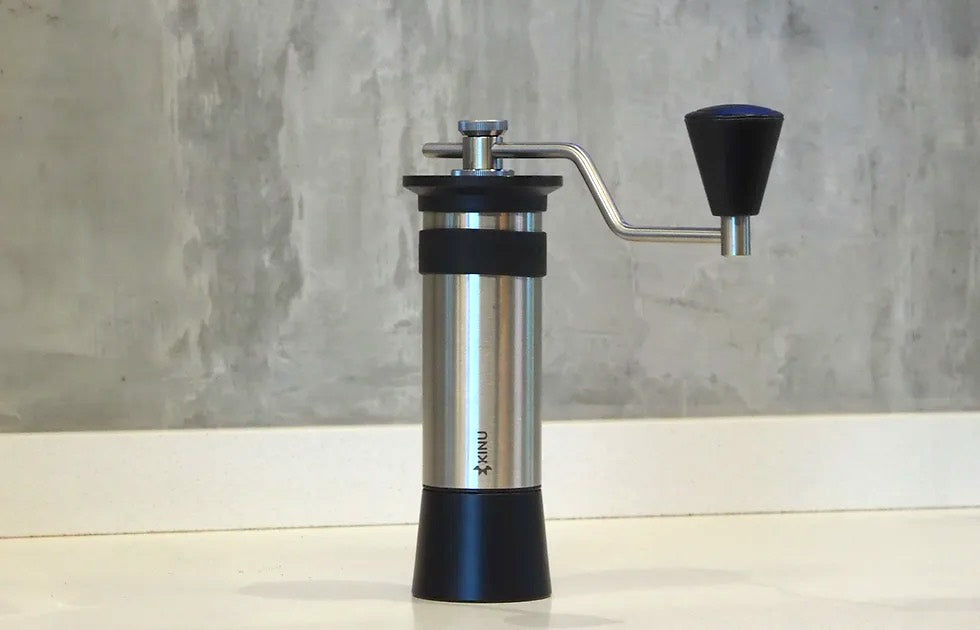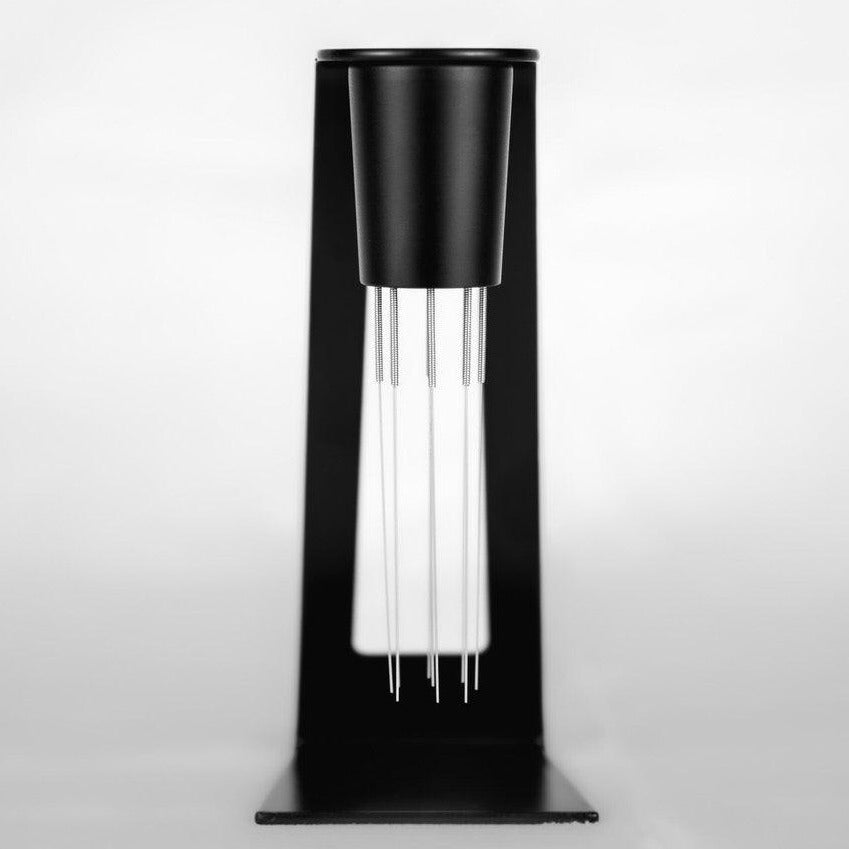In the pursuit of the perfect cup of coffee, one of the most critical aspects that influences the taste is the management of astringency. In this article, we will delve into the heart of this topic, shedding light on the most effective techniques to control and reduce astringency, and ultimately enhance your coffee brewing experience.
What is Astringency?
Astringency vs Bitterness in coffee
Astringency, often mistaken as bitterness, is a sensation of dryness or puckering felt in the mouth when drinking coffee. It's not necessarily a negative attribute, but when over-expressed, it can significantly degrade the coffee's flavor balance.
The Role of Astringency in Coffee
Astringency is quite essential to the coffee's flavor. It's this quality that brings depth and intricate complexity to the flavor of the coffee. When astringency crosses its threshold, it can overpower other subtle flavors, turning your lovingly brewed cup of coffee into a harsh and unbalanced concoction.
Astringency in Coffee
Causes of Astringency
In brewed coffee, a noticeable degree of astringency is delivered by large molecules, specifically polyphenols - predominantly chlorogenic acids (CGAs) and tannins.
These polyphenols, primarily responsible for the astringent taste, are commonly found in coffee due to beans coming from underripe cherries, underdevelopment in roasting, grinding too fine and channeling during brewing. This process is inherent to percolation brewing. In contrast, with immersion brewing, the absence of channeling significantly reduces the occurrence of astringency. To reduce channeling, it is recommended to use a WDT tool to distribute the coffee evenly.
To know more about channeling, we have a blog here.
Strategies for Managing Astringency
When your coffee cup is astringent, one thing you can do is compare the astringent brew with a cupping of the identical batch. If astringency is evident in the brew but not in the cupping, channeling is typically the cause. If the cupping results in astringency, it implies channeling was not the sole contributing factor.
In cases where both percolation and cupping demonstrate astringency, it is an indication of underdeveloped roast or underripe cherry. If astringency varies among roast batches, roast development is likely responsible.
Towards a Better Cup of Coffee
Astringency management in coffee brewing, an art that necessitates time, patience, and experimentation, ensures a rewarding coffee experience characterized by balance and enjoyment.












Comments
There are no comments.
Your comment